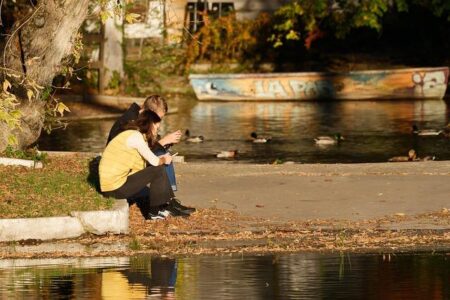Burundi is making significant strides in harnessing its abundant water resources to bolster sustainable energy development. Central to this effort are the Jiji and Mulembwe hydropower projects, which stand as key pillars in the country’s ambition to expand access to clean and reliable electricity. Supported by the World Bank, these initiatives not only aim to increase Burundi’s energy capacity but also to drive economic growth, improve quality of life, and reduce reliance on fossil fuels. This article explores how the successful implementation of Jiji and Mulembwe is transforming Burundi’s energy landscape and advancing its sustainable development goals.
Unlocking Clean Energy Potential through Jiji and Mulembwe Hydropower Projects
The Jiji and Mulembwe hydropower projects represent a transformative leap in Burundi’s pursuit of clean and reliable energy. By harnessing the untapped potential of the country’s river systems, these initiatives aim to substantially increase electricity generation capacity, reduce dependence on fossil fuels, and lower greenhouse gas emissions. With a combined capacity exceeding 40 megawatts, the projects are designed to deliver affordable, renewable energy to rural and urban communities alike, fostering both economic development and environmental stewardship.
These projects exemplify a comprehensive approach involving modern engineering, community engagement, and international collaboration. Key benefits include:
- Energy Access Expansion: Electrifying underserved areas to support education, healthcare, and local businesses.
- Job Creation: Generating employment opportunities during construction and operation phases.
- Climate Resilience: Supporting Burundi’s commitments to climate action through sustainable power sources.
| Project | Capacity (MW) | Expected Completion | Impact Area |
|---|---|---|---|
| Jiji Hydropower | 30 | 2025 | Bujumbura Region |
| Mulembwe Hydropower | 12 | 2026 | Rural Northern Burundi |
Addressing Infrastructure Challenges to Ensure Reliable Energy Supply in Burundi
Burundi’s path to a sustainable energy future hinges on overcoming critical infrastructure challenges that have historically limited the reliable supply of electricity. In recent years, investments in the Jiji and Mulembwe hydropower plants have showcased the core role of modernizing generation capacity while reinforcing the national grid. However, to translate installed capacity into continuous power delivery, the expansion and rehabilitation of transmission lines, substations, and distribution networks remain essential. Without this, even the most efficient power plants cannot meet the growing demand from households and businesses.
Key areas of focus include:
- Grid reliability: Upgrading outdated transformers and circuit breakers prone to fault-triggered outages.
- Reducing losses: Implementing advanced metering infrastructure to identify and mitigate electricity theft and technical losses.
- Capacity building: Training local engineers and technicians for timely maintenance and emergency response.
- Community engagement: Encouraging local ownership through cooperative electrification projects to improve demand management.
| Infrastructure Component | Current Status | Planned Improvements | ||||||||||
|---|---|---|---|---|---|---|---|---|---|---|---|---|
| Transmission Lines | Aged cables, frequent outages |
| Infrastructure Component |
Current Status |
Planned Improvements |
| |||||||
| Transmission Lines | Aged cables, frequent outages | Upgrade to high-capacity conductors; replace deteriorated segments | ||||||||||
| Substations | Outdated transformers, limited automation | Install smart transformers; integrate SCADA systems | ||||||||||
| Distribution Networks | Fragmented coverage, high technical losses | Expand rural electrification; upgrade lines to reduce losses | ||||||||||
Metering Systems
Strategic Policy Recommendations for Scaling Sustainable Hydropower InvestmentTo unlock the full potential of Burundi’s hydropower resources, it is essential to align policy frameworks with long-term sustainability goals. Prioritizing regulatory clarity and streamlining the permitting process can accelerate project development timelines, attracting both public and private investments. Additionally, fostering community engagement ensures local stakeholders benefit economically and socially, minimizing conflicts that often hinder project implementation. Integrating environmental safeguards into early planning stages will protect biodiversity and uphold Rwanda’s commitment to climate resilience. Investment models must evolve to include innovative financing structures that reduce upfront risk and encourage participation from diverse funding sources. Public-private partnerships (PPPs) can act as catalysts, blending government support with private sector efficiency. Below is a comparative summary of strategic policy levers that can help scale up investment effectively:
Future OutlookAs Burundi continues to harness the potential of its abundant water resources through projects like Jiji and Mulembwe, the path toward a more sustainable and resilient energy future becomes clearer. These hydropower initiatives not only promise to expand access to reliable electricity but also support the country’s broader goals of economic development and environmental stewardship. With ongoing investments and international partnerships, Burundi is steadily channeling its natural assets into transformative growth, setting a promising example for sustainable energy advancement in the region. |







